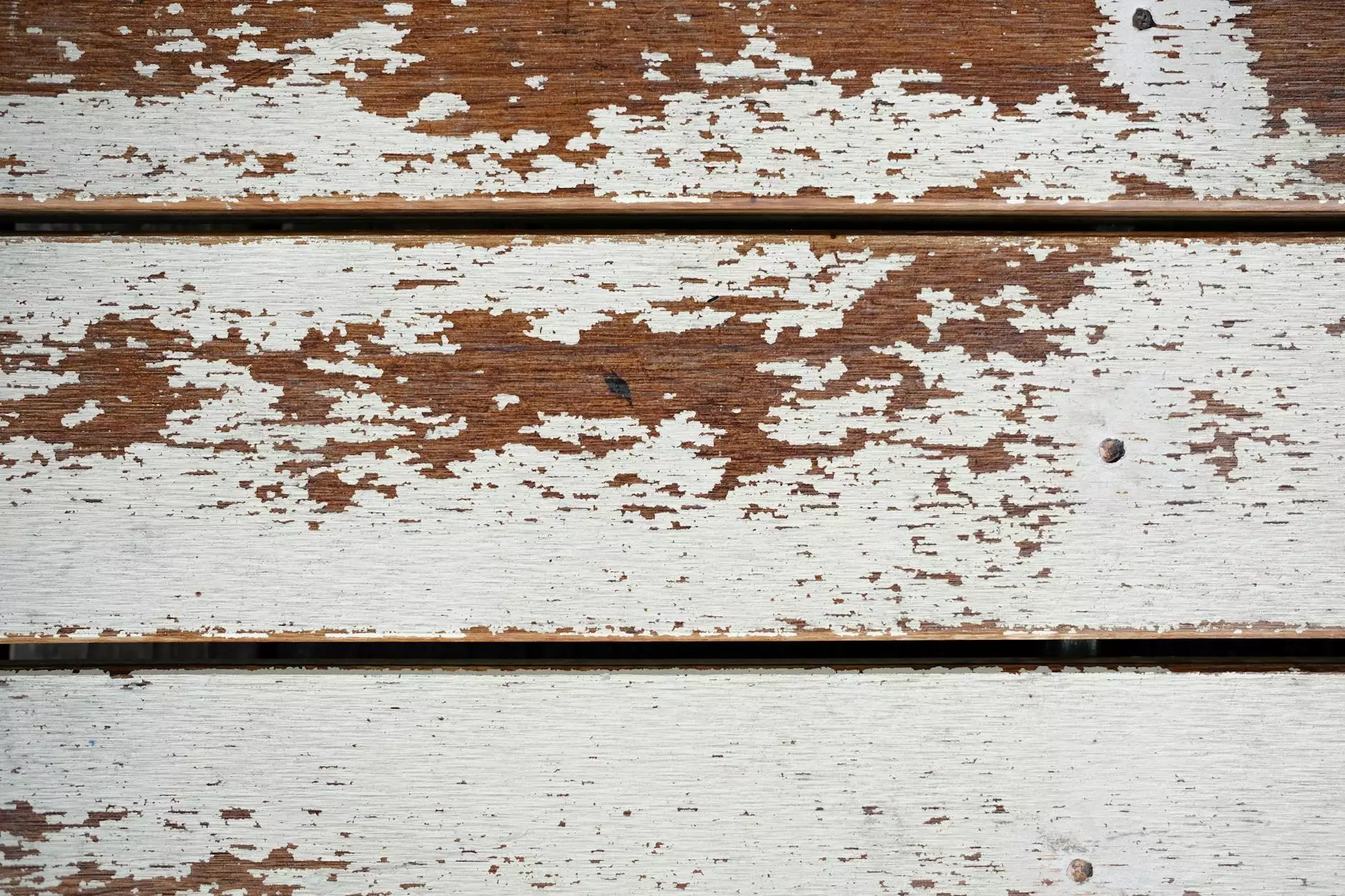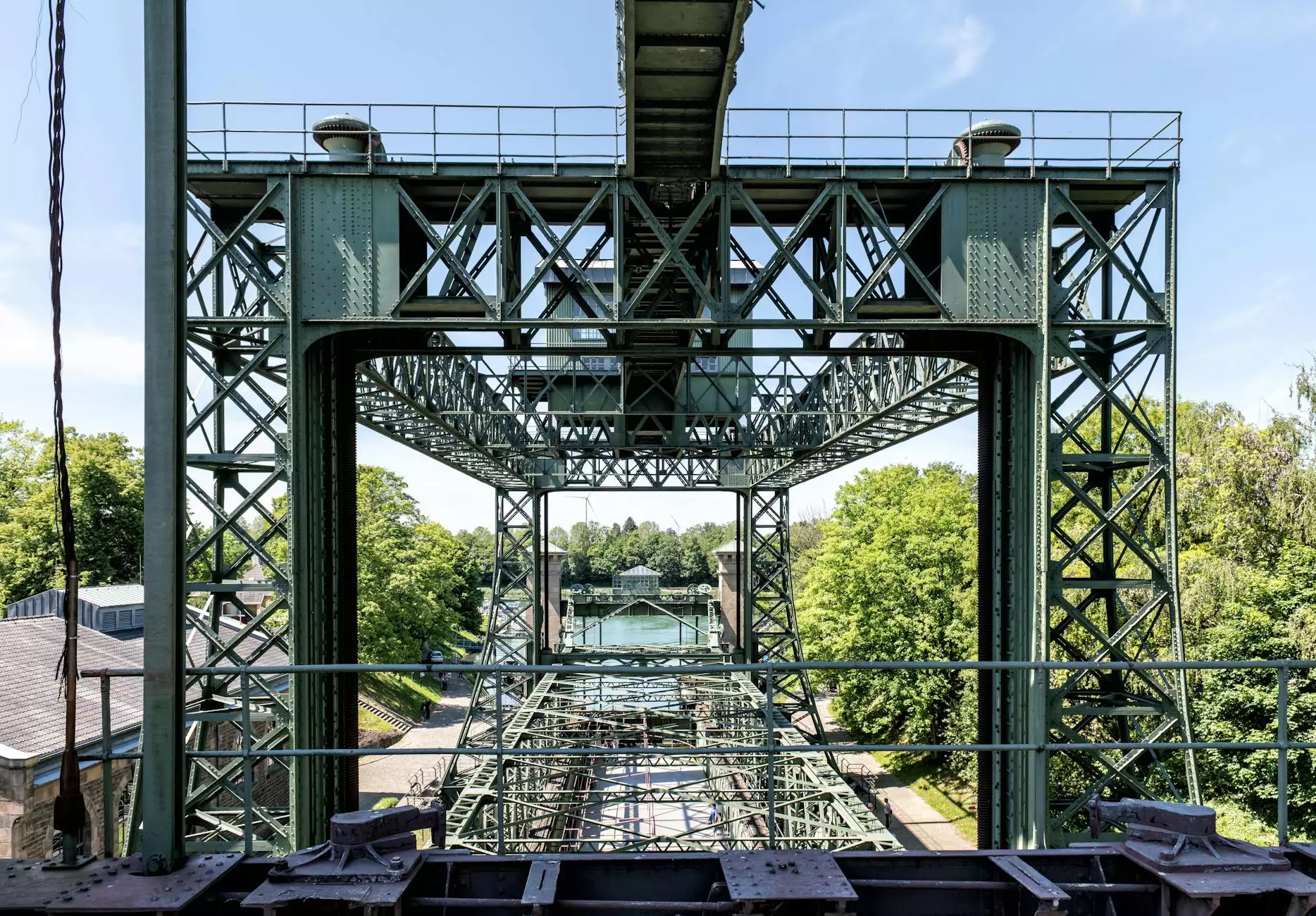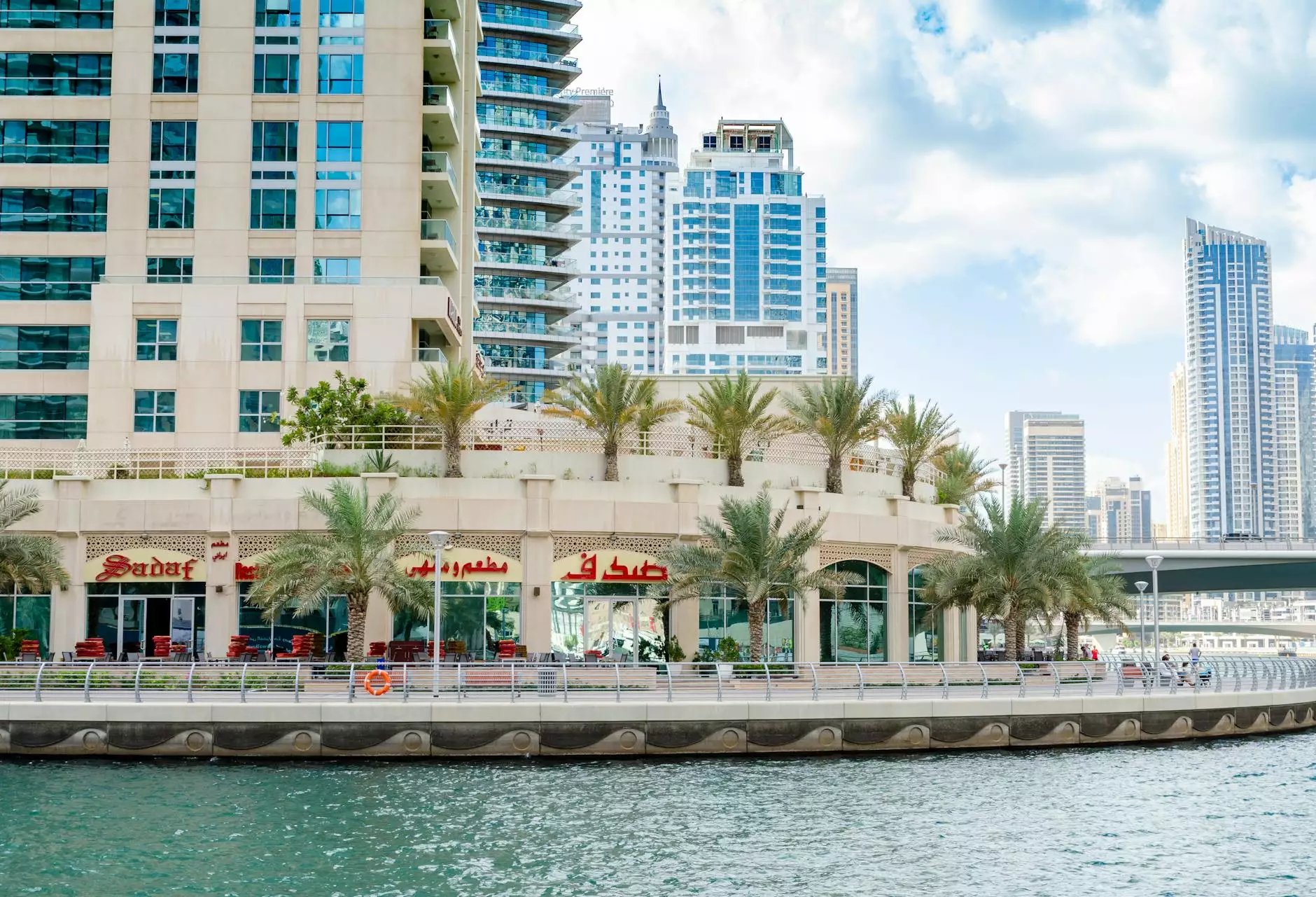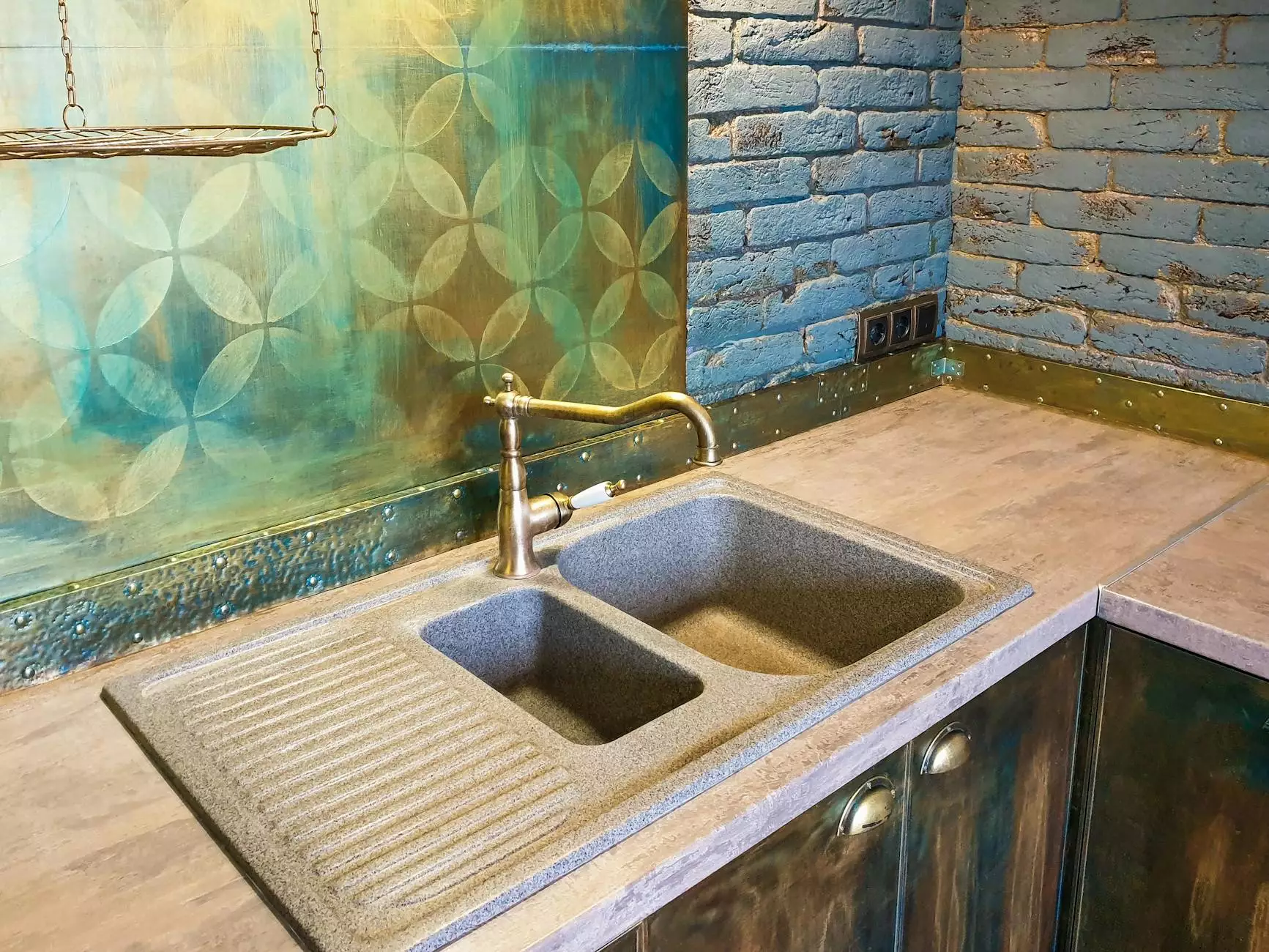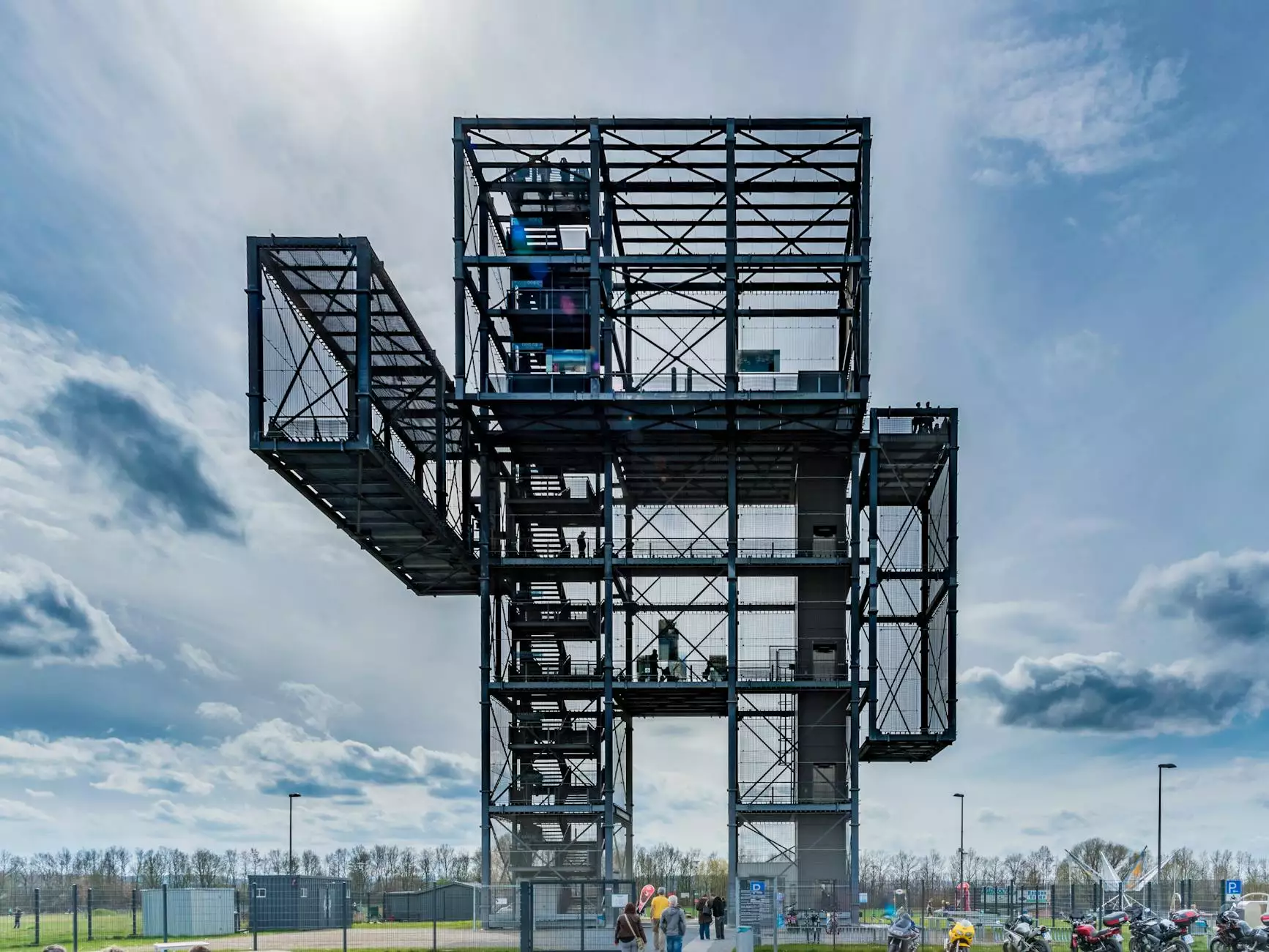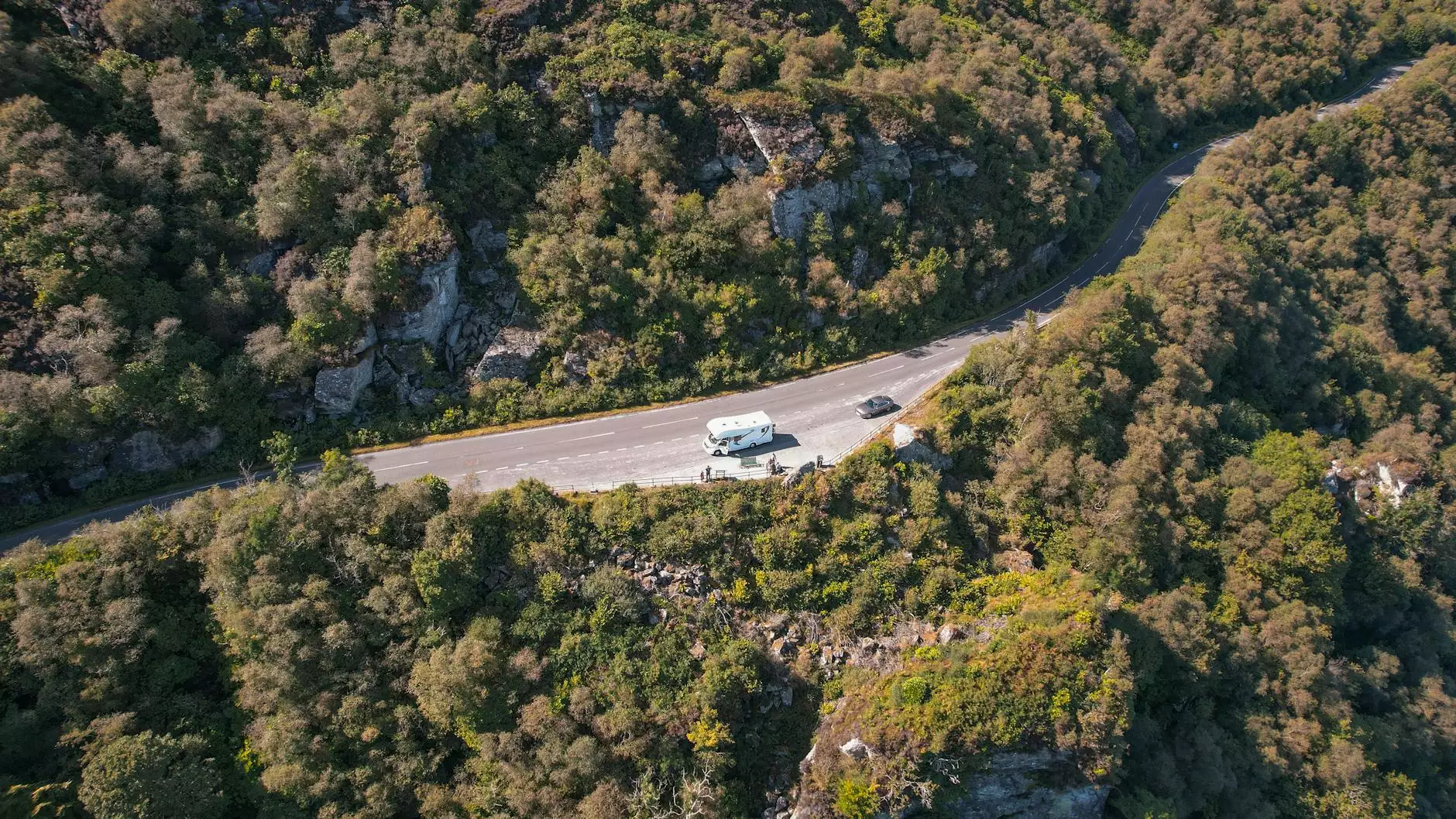The Ultimate Guide to Bog Garden Construction
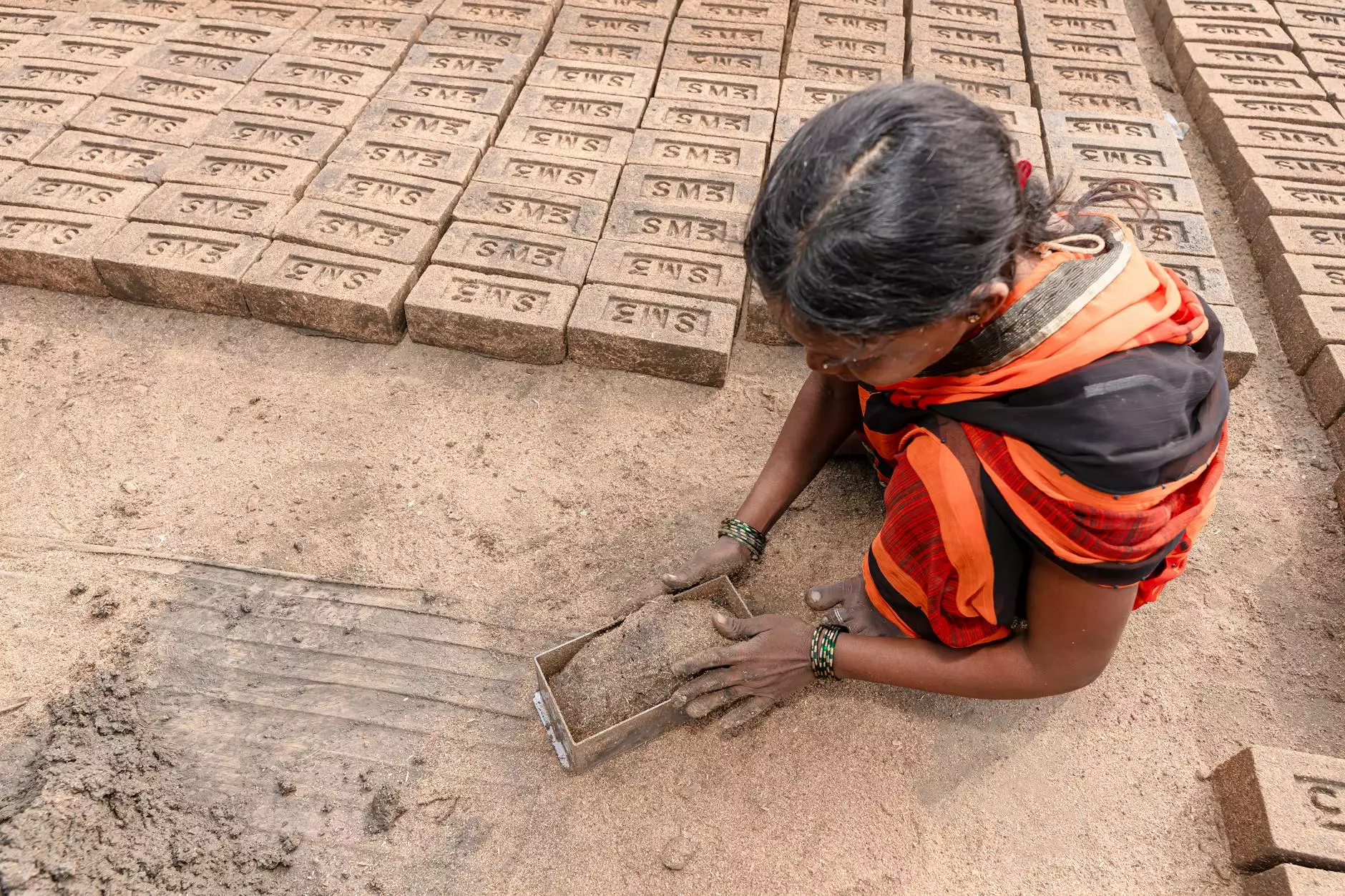
Creating a bog garden can be an incredibly rewarding project for any gardening enthusiast. Not only does it enhance the beauty of your outdoor space, but it also contributes to local biodiversity by providing a suitable habitat for various species. In this comprehensive guide, we will explore the intricacies of bog garden construction, equipping you with all the knowledge necessary to build your own thriving ecosystem.
What is a Bog Garden?
A bog garden is a specific type of garden designed to replicate the unique conditions found in a natural bog ecosystem. These environments are characterized by:
- Waterlogged Conditions: Bogs retain water and have poor drainage.
- Acidic Soil: The soil in a bog is typically more acidic than other garden types.
- Unique Flora and Fauna: They host a variety of plants and wildlife adapted to wet conditions.
By constructing a bog garden, you can create a microhabitat that supports specific plants, insects, and amphibians, enhancing your garden's ecological value while creating a serene natural space for you to enjoy.
Benefits of Bog Garden Construction
Building a bog garden comes with numerous advantages, making it a popular choice for gardeners looking to enrich their outdoor environment. Here are some key benefits:
- Improved Biodiversity: A bog garden attracts various wildlife, including birds, butterflies, and beneficial insects.
- Natural Water Management: Helps manage excess water in the garden by collecting and retaining runoff.
- Unique Aesthetic Appeal: A bog garden can be a stunning focal point, offering diverse textures and colors throughout the seasons.
- Low Maintenance: Once established, bog gardens require minimal maintenance compared to traditional gardens.
Planning Your Bog Garden
Before diving into bog garden construction, careful planning is essential. Here are the steps you should follow:
1. Select the Right Location
Choose a spot in your garden that naturally retains water. Ideally, this should be a low-lying area that gets partial sunlight. Ensure it’s away from large tree roots that could compete for moisture.
2. Choose Your Plants Wisely
Selecting the right plants is crucial for the success of your bog garden. Here are some plants that thrive in boggy conditions:
- Sphagnum Moss: Ideal for covering the soil and retaining moisture.
- Pitcher Plants: Carnivorous plants that thrive in acidic conditions.
- Marsh Marigold: Bright yellow flowers that add color to your garden.
- Joe Pye Weed: A tall perennial that attracts butterflies.
3. Design Your Layout
Plan the layout of your bog garden. Create a slight slope to allow excess water to drain. You may want to include flat areas for easier maintenance and access. Consider incorporating stepping stones or paths to navigate the garden.
Materials Needed for Bog Garden Construction
To create a successful bog garden, you will need specific materials. Here’s a list of essentials:
- Plastic Liner: To prevent drainage and keep water in your bog garden.
- Garden Soil or Peat: To create an acidic growing medium.
- Rocks and Gravel: For decorative purposes and to aid in drainage.
- Plants: As previously mentioned, select plants well-suited for bog conditions.
Steps to Construct Your Bog Garden
Now that you have your materials and a plan, it’s time to start constructing your bog garden. Follow these steps for optimal results:
1. Excavate the Area
Start by marking the outline of your bog garden with stakes and strings. Excavate to a depth of at least 18 inches to create a reservoir for water. The deeper the excavation, the better the water retention.
2. Install the Liner
Lay your plastic liner in the excavated area. Make sure the liner is adequately secured and overlaps the edges of the excavation. This will hold the water and create the boggy conditions necessary for growth.
3. Add Soil and Plants
Fill the area with peat or garden soil, creating a mix that offers both structure and acidity. Once filled, arrange your plants according to your design. Be sure to consider the mature size of each plant when placing them.
4. Watering and Maintenance
Water the garden thoroughly after planting. During the establishment phase, ensure that the plants have sufficient moisture. Adding a layer of mulch can help retain moisture and suppress weeds.
Maintaining Your Bog Garden
Once your bog garden is established, ongoing maintenance is crucial to ensure it continues to thrive. Here are some maintenance tips:
- Monitor Water Levels: Make sure the bog remains moist, especially during dry spells.
- Prune and Remove Dead Plants: Regularly remove any dead or dying foliage to promote healthy growth.
- Control Weeds: Keep an eye out for invasive species that may outcompete your plants.
- Fertilize Sparingly: Bog plants typically do not require much fertilizer; in fact, too much can harm them.
Enhancing Your Bog Garden with Features
Consider adding features that can enhance your bog garden, making it a more attractive place to relax and enjoy nature.
Water Features
Incorporating a small pond or fountain can not only enhance the aesthetic but also attract wildlife. Ensure that any water features you include integrate seamlessly with the bog design.
Pathways
Create clear pathways using stones or mulch to encourage exploration of the space. These paths can help prevent trampling of plants while providing access for maintenance.
Seating Areas
Consider installing a bench or seating area within or near your bog garden. This creates a perfect spot for relaxation and enjoying the sights and sounds of nature.
Conclusion: Embracing the Beauty of Bog Gardens
In conclusion, the art of bog garden construction offers a unique opportunity to create a beautiful and ecologically beneficial space in your yard. Not only do these gardens provide a refuge for unique plant species and wildlife, but they also serve as a tranquil retreat for you and your family. With careful planning, the right materials, and consistent maintenance, your bog garden can become a stunning feature of your outdoor landscape, providing joy for years to come.
For more information or assistance with your gardening projects, feel free to visit Broadley Aquatics, your trusted partner in pet services and gardening solutions.


